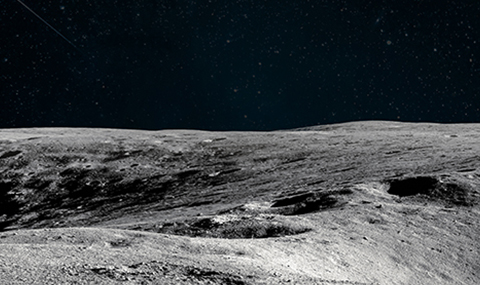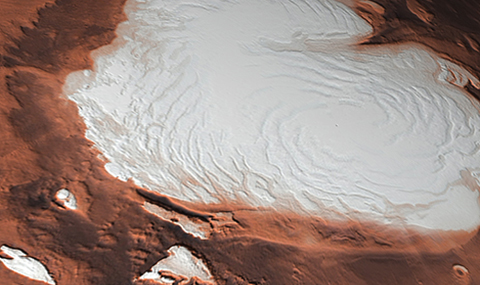We seek to measure basic exoplanetary properties, addressing fundamental questions on the formation and evolution of exoplanetary systems. By coupling our innovative modeling tools with a suite of new observatories' data, we derive original quantitative constraints on the physical properties of exoplanets. We use existing data from Kepler, K2, and TESS, and expected data from PLATO, LAST and ULTRASAT. These allow not only more detailed assessments of specific systems but also a better understanding of the population distribution. Our study of gravitational interactions in 3D sheds light on the importance of non-coplanar planet formation and dynamical evolution.
It is already clear that our Solar System represents but a narrow range of the spectrum of possibilities nature selects; Better description of the diversity and ubiquity of different systems will thus translate to a better understanding of planet formation as a whole. Precision photometry coupled with advanced modeling tools allow us to search for hitherto unseen features of planets outside the Solar System, such as their rings, moons, and oblateness. Using measurements of stellar light-curves from space in the ultraviolet, we probe the extended, potentially evaporating atmospheres of exoplanets, characterizing their habitability.

References
- Yoffe G., Ofir A., Aharonson O., A simplified photodynamical model for planetary mass determination in low-eccentricity multitransiting systems, Astrophys. J., 908 (1), 114, 2021. [DOI: 10.3847/1538-4357/abc87a] [PDF]
- Judkovsky Y., Ofir A., Aharonson O., Light-curve evolution due to secular dynamics and the vanishing transits of KOI 120.01, Astron. J., 160 (4), 195, 2020. [DOI: 10.3847/1538-3881/abb406] [PDF]
- Ofir A., Xie J.-W., Jiang C.-F., Sari R., Aharonson O., A spectral approach to transit timing variations, Astrophys. J. Supplement series, 234 (1), 9, 2018. [DOI: 10.3847/1538-4365/aa9f2b] [PDF]
More information about this and other research is available in the form of published manuscripts.














